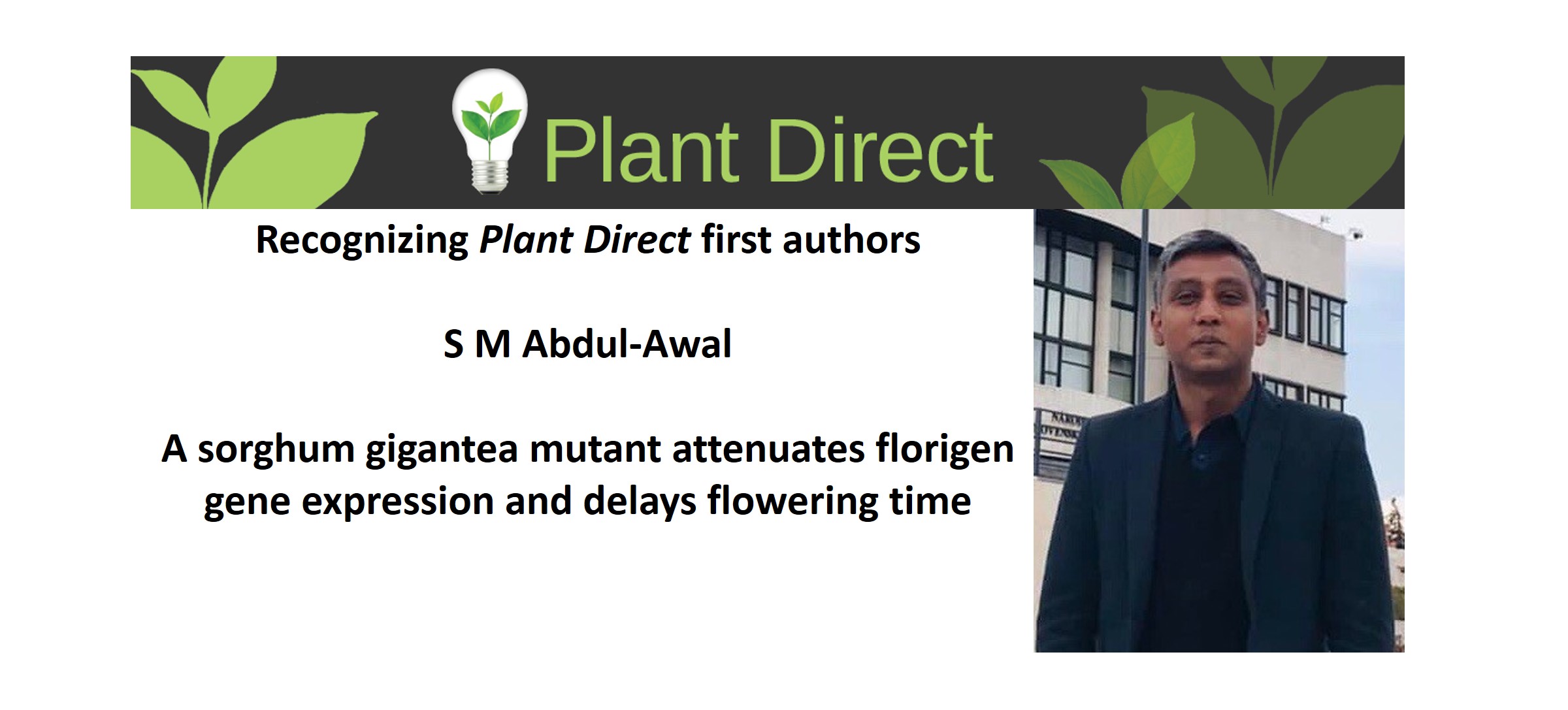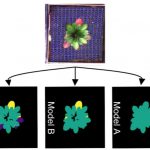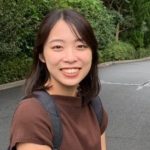Recognizing Plant Direct authors: S M Abdul-Awal
 S M Abdul-Awal, first author of A sorghum gigantea mutant attenuates florigen gene expression and delays flowering time
S M Abdul-Awal, first author of A sorghum gigantea mutant attenuates florigen gene expression and delays flowering time
Current Position: Professor, Biotechnology & Genetic Engineering Discipline, Khulna University, Bangladesh
Education: Ph.D. in Plant Sciences, University of Cambridge, UK
Non-scientific Interests: travelling, nature, and photography
Brief bio: After completing my undergraduate studies from Biotechnology & Genetic Engineering Discipline, Khulna University, Bangladesh I was offered a teaching-based lecturing position due to achieving a top merit position in the department. I studied for a Master of Molecular Biology at the Katholieke Universiteit, Leuven, Belgium under VLIR scholarship and performed my masters dissertation entitled ‘Mechanism and modes of application of systemic RNAi in Insects’ at Professor Jozef Vanden Broeck’s Molecular Developmental Physiology and Signal Transduction Laboratory. I moved to Cambridge and joined Professor Alex Webb’s Circadian Signal Transduction Laboratory as a Ph.D. student under IDB-Cambridge International Scholarship. During my Ph.D. studies, I investigated the role of cADPR- and Ca2+-based signalling pathway that regulates the period of the circadian oscillator in Arabidopsis. In addition, a significant part of my Ph.D. studies was focused on the identification and characterisation of ADP-ribosyl cyclase in Arabidopsis (Abdul-Awal et al., 2016; Plant Physiology). Afterwards, I joined Harmon Lab at UC Berkeley, USA as a postdoctoral researcher under Fulbright Fellowship where I investigated the role of Gigantea (GI; clock protein) in blue light regulation of flowering and hormone metabolism genes in Sorghum bicolor. I identified protein partners of GI protein that contribute to growth, development and flowering time in Sorghum.
Recently, I returned to Bangladesh and joined the Biotechnology & Genetic Engineering Discipline, Khulna University as a junior professor. I’m trying to establish my own research group at the university and keen to establish collaboration with the scientific community around the globe.



